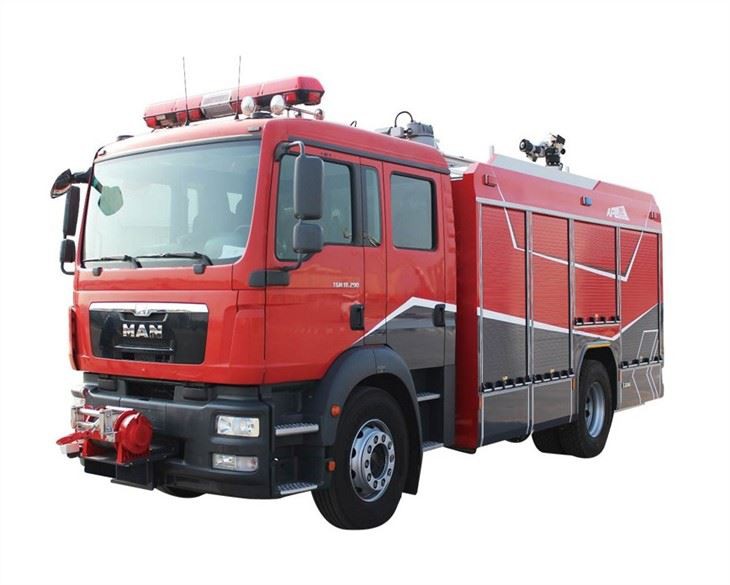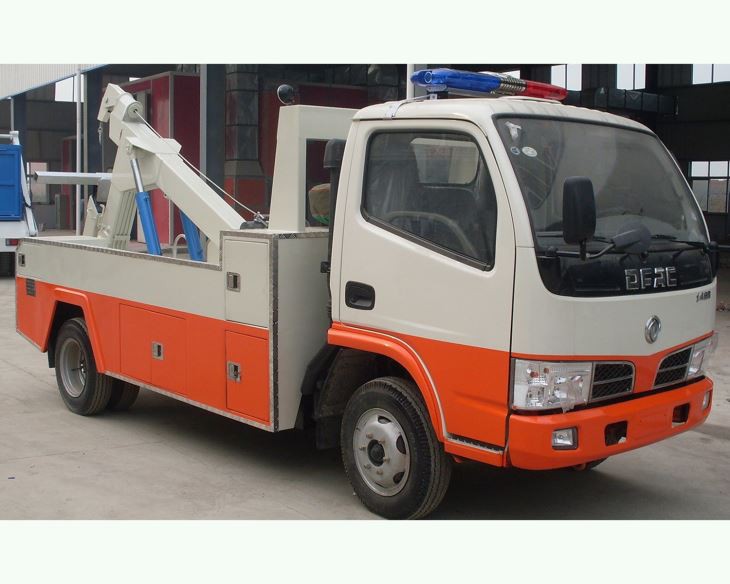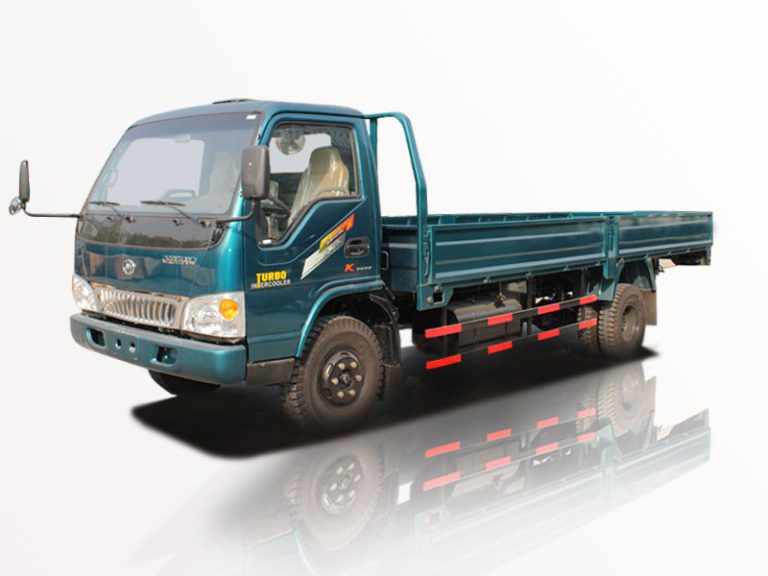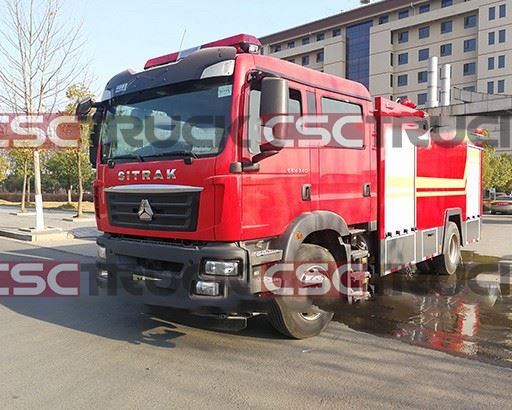In the world of trucking, safety and efficiency are paramount. One key component that helps achieve these goals is the retarder. This article delves into what a retarder is, its types, functions, and practical applications in the trucking industry. Whether you are a seasoned truck driver or a curious enthusiast, this comprehensive guide will equip you with all the knowledge you need about truck retarders.
Understanding the Retarder
Definition of a Retarder
A retarder is a device used in vehicles, particularly trucks, to assist in controlling and reducing speed. Unlike the traditional braking system, which can wear down with continuous use, a retarder helps slow down the vehicle using alternative methods. This technology is crucial for maintaining safety, especially when driving downhill or in challenging conditions.
Importance of a Retarder in Trucking
Truck drivers often face various challenges while driving, including steep inclines, declines, and prolonged braking sessions. Retarders provide enhanced control, reducing the strain on traditional brakes, preventing overheating, and ensuring more effective stopping power. As a result, they significantly increase safety and prolong the life of braking components.
Types of Retarders
1. Engine Brakes
Engine brakes, commonly known as “Jake brakes,” utilize the engine’s compression to slow down the vehicle. When a driver disengages the accelerator, the engine closes its intake valves, creating a vacuum effect that produces resistance and slows the truck.
Advantages of Engine Brakes
- Minimal wear on brake pads
- Highly effective on steep grades
- Fuel-efficient as it uses engine power
2. Exhaust Brakes
Exhaust brakes work by restricting exhaust flow, which creates back pressure in the engine. When activated, this back pressure slows down the engine and, consequently, the vehicle.
Advantages of Exhaust Brakes
- Less heat generation compared to traditional brakes
- Improved control on downhill slopes
- Suitable for a variety of truck types
3. Hydrodynamic Retarders
Hydrodynamic retarders use hydraulic fluid and the vehicle’s transmission to generate resistance against the movement of the truck. They are often integrated into the transmission system and can be applied automatically or manually by the driver.
Advantages of Hydrodynamic Retarders
- Consistent braking power
- Less maintenance required
- Effective for large vehicles
How Retarders Work
Basic Mechanism
Retarders function by converting kinetic energy into another form, usually heat, through different systems. This action helps decelerate the vehicle without relying solely on traditional brakes.
Activation and Control
Most retarders can be activated by the driver via a switch or control on the dashboard. Some modern trucks equip automatic retarders that activate based on specific driving conditions, enhancing safety and ease of use.
Benefits of Using a Retarder
1. Enhanced Safety
One of the most significant benefits of using a retarder is the enhanced safety it brings. By reducing speed without heavy braking, the likelihood of brake failure diminishes, especially in long downhill stretches.
2. Reduced Wear and Tear
Retarders minimize the use of traditional brakes, leading to less wear and tear on brake pads and rotors. This prolongs the lifespan of these components and ultimately reduces maintenance costs.
3. Improved Fuel Efficiency
Using engine brakes can lead to better fuel efficiency as it allows drivers to regain some energy by using the engine’s power for slowing down. This is particularly beneficial for long-distance hauling when fuel costs are a concern.
Practical Application: Using a Retarder in Different Scenarios
1. Driving Downhill
When descending a hill, activating the retarder helps control vehicle speed effectively. This reduces the reliance on service brakes, thus preventing overheating.
- Set the retarder to the appropriate mode based on the steepness of the hill.
- Monitor your speed constantly and adjust retarder settings as necessary.
2. Heavy Loads
For trucks carrying heavy loads, using a retarder can make a significant difference. It provides additional braking power when slowing down.
- Ensure the retarder is functioning correctly before starting your journey.
- Regularly check hydraulic fluid levels if operating a hydrodynamic retarder.
Common Misconceptions About Retarders
1. Only for Large Trucks
Many believe that retarders are only beneficial for large trucks. However, they can also enhance the performance of medium-sized trucks, particularly when transporting heavy or bulky loads.
2. Retarders Replace Traditional Brakes
Despite their effectiveness, retarders do not replace traditional brakes. They are supplementary devices designed to assist and enhance braking performance.
Maintenance Tips for Retarders
1. Regular Inspections
Frequent inspections help identify potential issues with the retarder system before they escalate. Look for leaks, worn-out parts, and general wear.
2. Fluid Levels
For hydraulic retarders, maintaining proper fluid levels is critical for efficiency and performance. Check fluid levels regularly and change fluids as per the manufacturer’s recommendations.
3. Professional Servicing
Having a professional mechanic service your retarder system regularly can help maintain its functionality and extend its lifespan.
Frequently Asked Questions (FAQ)
1. What is the primary purpose of a retarder in a truck?
The primary purpose of a retarder is to control and reduce the speed of the truck, especially during downhill drives, enhancing safety and efficiency.
2. Can I use a retarder with any truck model?
Most modern trucks are equipped with some form of retarder, but it’s essential to verify compatibility with your specific model. Always refer to the vehicle’s manual.
3. Do retarders require a lot of maintenance?
While retarders are lower-maintenance than traditional braking systems, they still require periodic inspections and fluid checks to ensure optimal performance.
4. How does a retarder affect fuel efficiency?
Using a retarder, particularly an engine brake, can enhance fuel efficiency as it allows for energy recovery during deceleration rather than wasting it completely.
5. Are retarders effective on flat terrain?
Retarders are primarily designed for use in hilly or mountainous terrain, but they can still provide benefits on flat terrain, particularly when needing to control speed without overusing regular brakes.
6. What happens if a retarder malfunctions?
If a retarder malfunctions, it may lead to excessive wear on service brakes. It’s crucial to have a professional technician check the system immediately to avoid unsafe driving conditions.
Conclusion
Understanding the various aspects of truck retarders can vastly improve safety and performance on the road. With the right knowledge and maintenance, drivers can effectively utilize retarders to enhance their trucking experience. Whether navigating downhill routes or managing heavy loads, knowing what a retarder is and how it works is invaluable for any truck driver.



